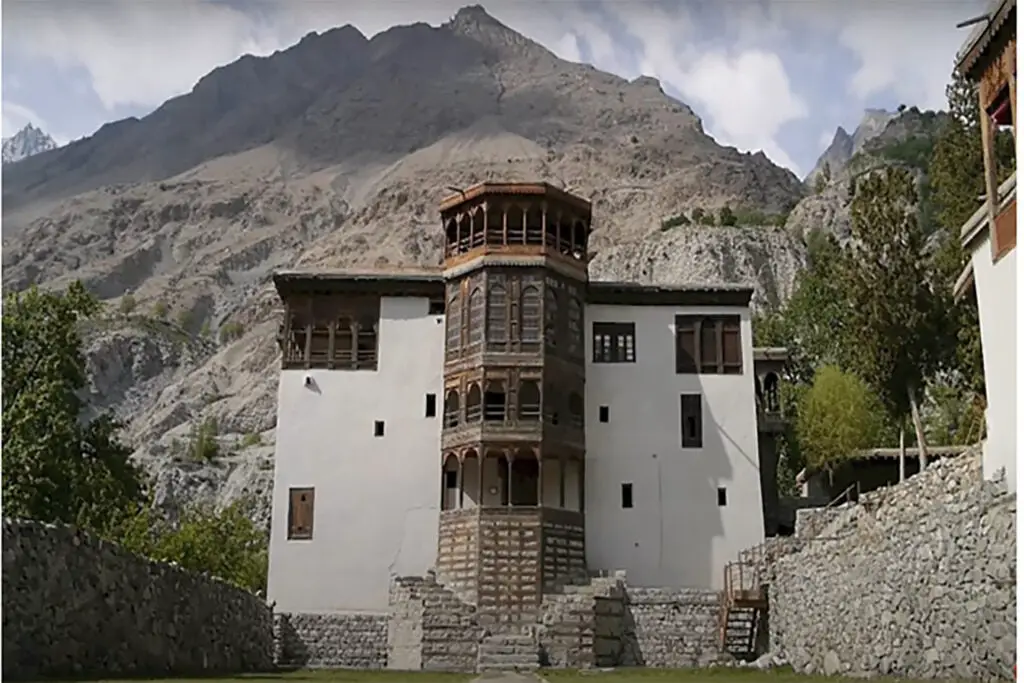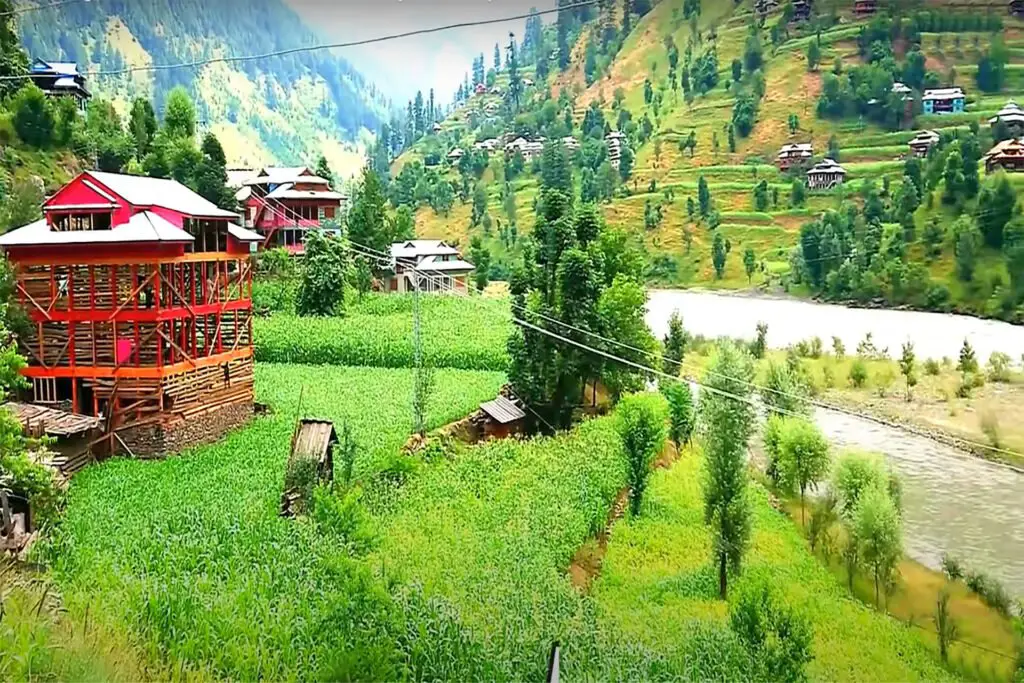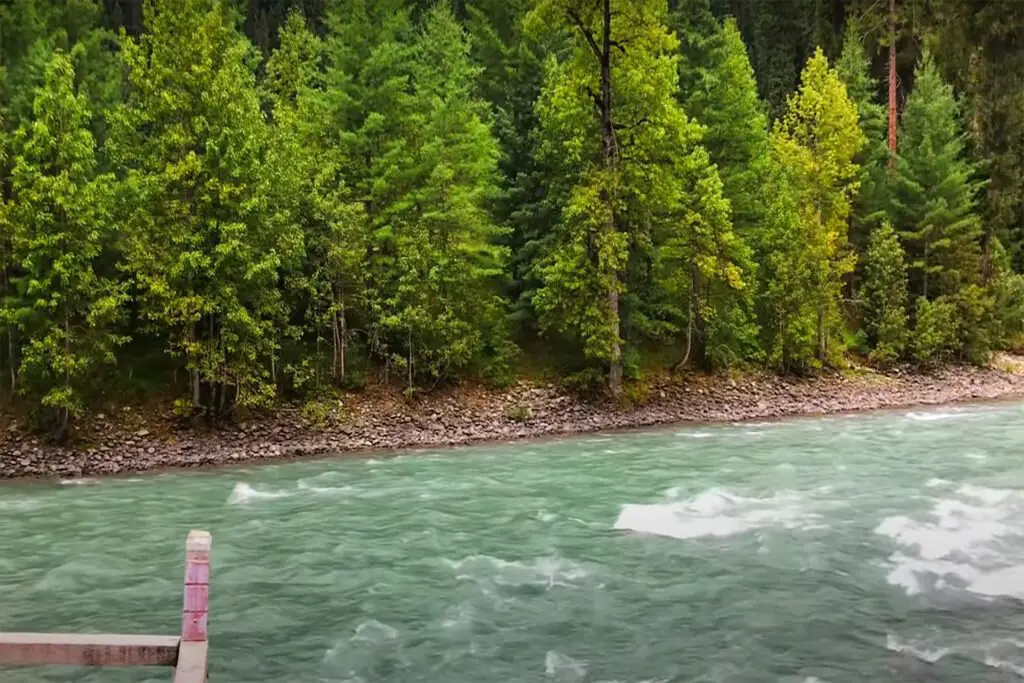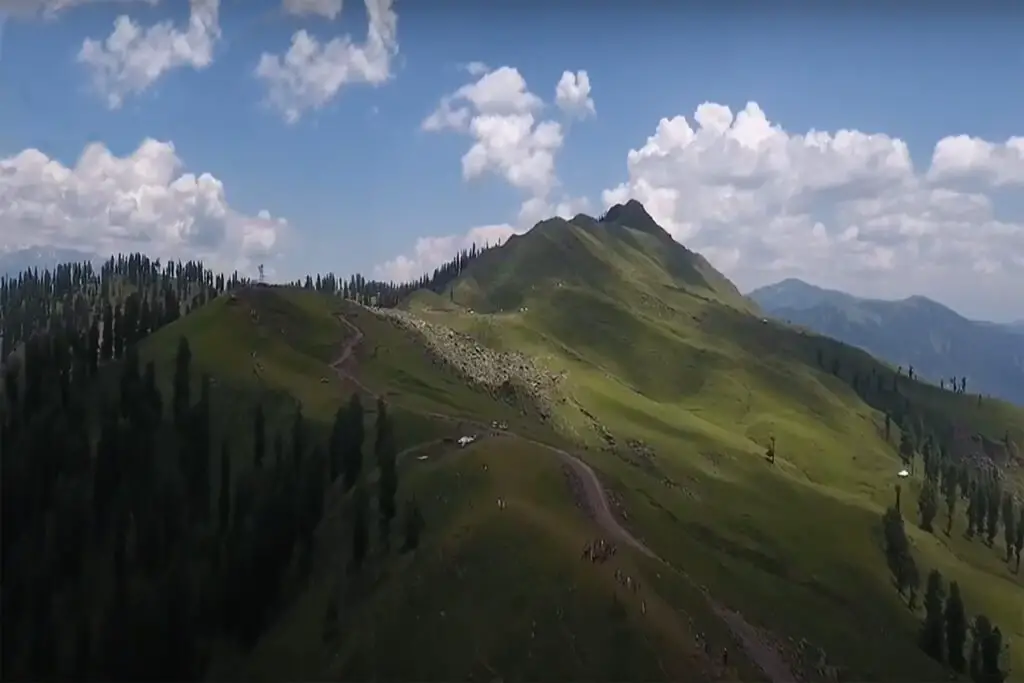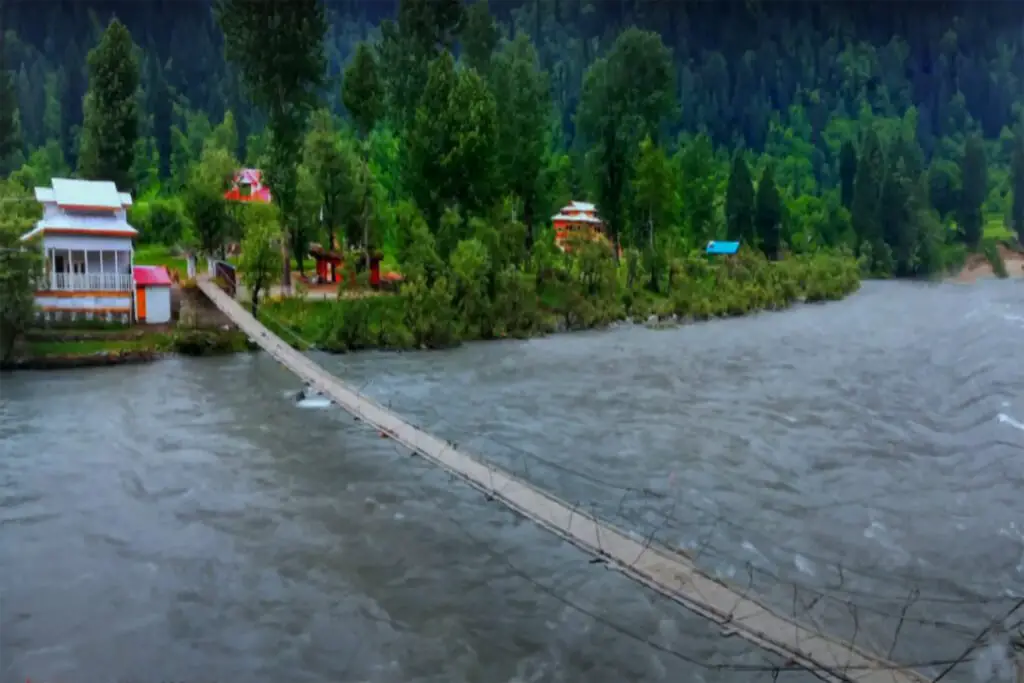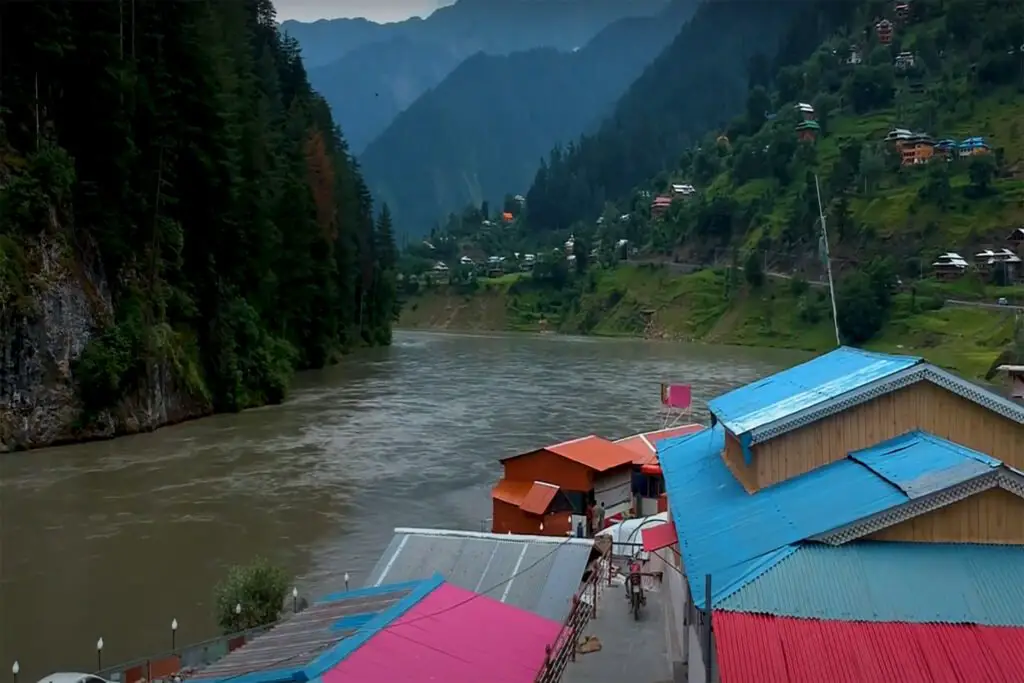Khaplu Palace Skardu locally known as Yabgo Khar, is a fortress and palace in Khaplu, a city on Gilgit-Baltistan, Pakistan. The palace, considered a valuable site and tourist attraction, was built in the mid-19th century to replace the old fortress nearby. It served as a royal residence in the Raja of Khaplu.
From 2005 to 2011, Khaplu Palace had a restoration project undertaken by the Aga Khan Trust for Culture under the Aga Khan Historic Cities Program. The palace now has a hotel used by Serena Hotels and a museum showing Baltistan’s history and culture.
Location of Khaplu Palace Skardu
The city of Khaplu is located east of Baltistan, at an altitude of 2,600 feet (8,500 ft) above sea level, and is the administrative capital of Ghanche District. The Shyok River, a tributary of the Indus River, flows through the city, which is an ancient trade route to Ladakh. Khaplu Palace is located North of Khaplu city and south of the Syok River in front of the high mountains of Karakoram. A procession behind the palace on the river leads to the village of Pari in the Skardu region.
History of Khaplu Palace
Khaplu Palace Skardu was built in 1840 by Yabgo Raja Daulat Ali Khan of Khaplu after the Kashmir Dogra, who conquered the region decided to remove the government seat from the old castle. The location of the palace was chosen by rolling a large stone on a nearby rock; stopping in the village of Doqsai, where a palace was built.
The former fortress was near the site of the modern palace. Khaplu Palace has replaced the former castle as a royal residence after its completion. According to Jane E. Duncan, the people of Khaplu were accustomed to living inside the castle and were not allowed to build their own houses outside of its buildings. The practice was reversed after the Maharaja of Kashmir took control of the area, which led to a ceasefire between neighboring rulers.
The first fortress was taken over by Murad Khan of the Maqpon Dynasty, ruler of Baltistan, in the conquest of Khaplu in the 1590s by crossing the water and other artifacts of the fort.
Muradan troops besieged the fort for three months, which led to the surrender of Rahim Khan, the 62nd Yabgo dynasty of Khaplu. The fort fell to the invaders again in 1660 and 1674.
Yabgo’s descendants continued to live there even after the end of his rule in 1972. The last Raja of Khaplu who lived in the house was Raja Fatah Ali Khan, who died in 1983. His son Raja Zakria died in 2020.
Who Built Khaplu Palace
The palace was built with the help of artisans from Kashmiri and Balti. Located on the border of many provinces, the palace structure is influenced by the Tibetans, Kashmiri, Ladakhi, Balti, and Central Asia.
Khaplu Fort
The palace complex consists of four floors of wood, mud bricks, clay, and mud. A carved wooden gate occupied by Yabgo Raja Hatim Khan in the Skardu castle after conquering much of Baltistan was erected at the entrance to the palace. The passage above the main gate, which housed the stable in the front, leads to the front of the palace, which was used by a musical group during ceremonies during the reign of Yabgo Rajas.
The wooden ceiling of the palace is made of designs using chisel and paint, without the use of nails. The magnificent hall used as a recreation area overlooks the Karakoram mountain range and the surrounding lawn. Other highlights of the palace include the Royal meeting room (Chogoraftal), Royal balcony (Chogojarokh), Princess dressing room (Lainakhang), and Queen room.
Khaplu Fort Renovation
Following the renovation of the palace, part of the residence is used as a hotel, operated by Serena Hotels, and employs people from 35 local homes. The hotel has 21 rooms, six of which are located inside the palace building, and spends 70 percent of its revenue on the development of the Khaplu district, with one area serving as a museum.
Khaplu Palace is the second fortress in Baltistan to be renovated by the Aga Khan Trust for Culture. The renovation began in 2005 and was completed in 2011. The project was funded by the Norwegian Ministry of Foreign Affairs through its embassy in Islamabad. USAID funded the Balti Cultural Exhibition Center within the castle. The exhibition center occupies two-thirds of the site.
The repair work is being done with the help of people from 400 local families who are employed as a community building initiative. A survey that includes the geographical features of the redevelopment area. launched in 2005, using Electronic Distance Measurement (EDM) devices. Examination helped to determine the initial condition of a few parts of the collapsing palace.
The renovation project was carried out in accordance with the Venice Charter restoration standards. Property purchased for restitution amounted to thirty million rupees (Rs 30 m), while workers’ salaries amounted to approximately twenty-five million rupees (Rs 25 m).
The Khaplu Palace is the finest example of a royal palace in Baltistan, an autonomous region northeast of Pakistan. The palace was built with the help of Kashmiri and Balti artisans and incorporates the style of local architecture and influences from neighboring regions including Tibet, Kashmir, Ladakh, and Central Asia.
The location of the palace was chosen, so the story goes, by rolling a large stone from a nearby rock; where the stone stands, a palace is built. For more than 100 years he sat on the throne of the local governor and his descendants continue to live there even after their kingdom is over. The last Raja of Khaplu who lived in the house died in 1983 and the palace began to collapse after that.
In 2005, with support from the Norwegian Ministry of Foreign Affairs, the Aga Khan Trust for Culture launched restoration projects; a process that lasted six years. Restoration is done in accordance with the Venice Charter; a set of guidelines, designed in 1964 by a team of conservation experts, which provides an international framework for the conservation and restoration of historic buildings.
In 2011, the restored Khaplu Palace & Residence was opened as a 21 heritage hotel under the Serena Hotel Group. It has won numerous awards, including the UNESCO Heritage Conservation Award.

